|
8/13/2016 Madder Lake: A Casual Flanuery.The end of my flaneury - "The Flanuer," much spoken of, points to a literary figure of late 19th century Paris that we may think of as "stroller" or "urban explorer." And so, this latest Flaneury of mine, I became curious about a landscape designer and florist I have spoken of with Ferncroft many times - "Madderlake." Ferncroft tells me that Madderlake began the movement of using "natural and gardened" flowers in floral design, part of the world I call "critical floristry." So, as if strolling through a city, I begin my explorations through books, the internet, conversations, etc. The end of my flaneury came at the image always pointed to in discussion of "the flaneur," Gustave Coillebotte's "Paris Street, Rainy Day"(1877), asking "I wonder if that's madder rose." This search about for a history of Madderlake took me back several thousand years. This was difficult to understand as I believed their work only dated back to the early '90's - contemporaries with an Australian band who released three albums around the same time. Also adding to the confusion is Stephen King's 1995 Novel "Rose Madder"; where a woman escapes the life of an abusive husband, runs away to the midwest secretly hiding and developing new relationships. She pawns her wedding ring for a painting of a woman in a gown colored "Rose Madder." The painting for her becomes a gateway into another world, and the woman in the gown asks her to journey through a labrynth to rescue her baby - presumed to be the baby lost due to the abuse of her husband. Her abusive husband finds her and following a spree of violence against her friends, she leads him to her apartment, into the painting, where he becomes a bull and is slayed by Rose Madder. Rose Madder gives her seeds which she plants to become a tree. As time goes on, she suspects her own development of tendencies towards violence like her past husband exibited - only now she has the tree, big and violent looking, that she is able to transcribe her violences into and lead a happy normal life. 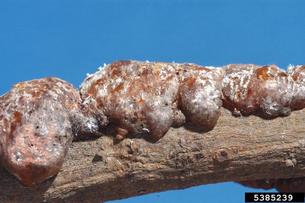 Lac Insects (scale) Lac Insects (scale) This leap in history goes back to the Eygptians who first cultivated the Madder plant (Genus: Rubia) for its root which provided the pigment for dyes and paints. Its use was of great importance in Baroque and Renaissance paintings as used in combinations with other pigments it had the ability to bring a magical glaze to represent rich fabrics. Natural Rose Madder was used to color the fabrics of the British Army's "Red Coats" as well as French Military garments. Rose Madder provided red to a good portion of the western world until the late 1860s when it became the first natural pigment to be synthesized. And "Lake" was quite the confusion to sort through. When "Madder Lake" is spoken of, it is no reference to a body of water. In "Madder Lake" the word "Lake" derives historically from "Lac" which is traced back to Sanscrit meaning "100,000,"referring to the "lac insects" a family of scale insects that is cultivated for - well- "lac." "Lac" also being the resinous secretion extracted from the insects that give pigment. We may recognize "lac" also from words like "lacquer," and "shellac." From this "lac" a "lake pigment" can be made. "Lac" coming from scale insects is an organic material thus characterizing a lake pigment differing from pigmentation derived from ground inorganic matter such as vermillion or ultramarine. A Flaneury that ends with a Limerick:
While Titian was mixing rose madder His model ascended a ladder Her position To Titian Suggested coition So he climbed up the ladder and had her. |
Matthew DoreLandscape designer and Proprietor of Buffalo Horticulture Archives
April 2020
Categories |
Telephone(716)628.3555
|
|
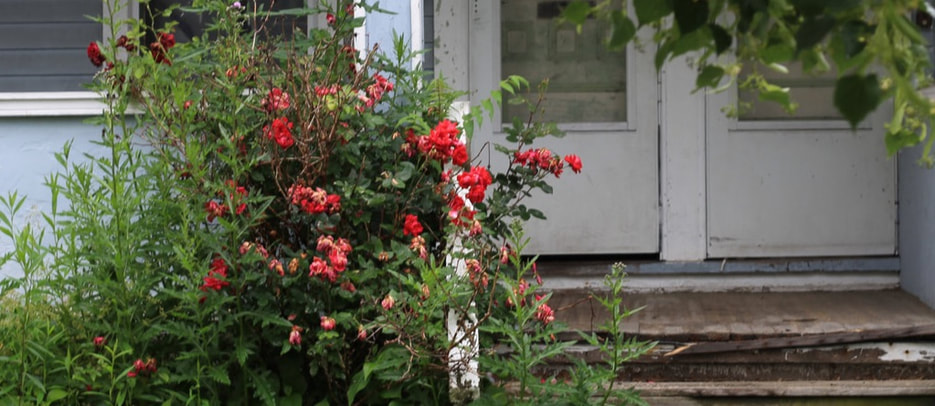
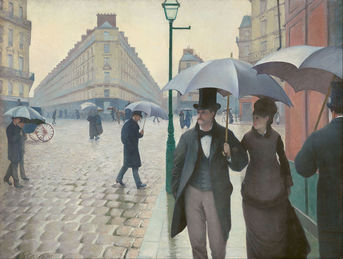
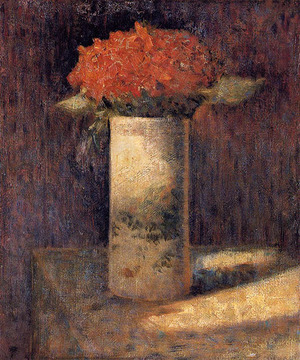
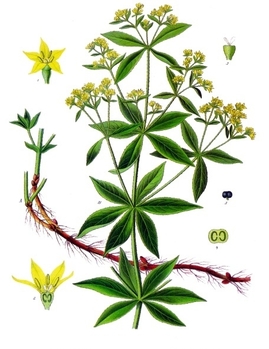
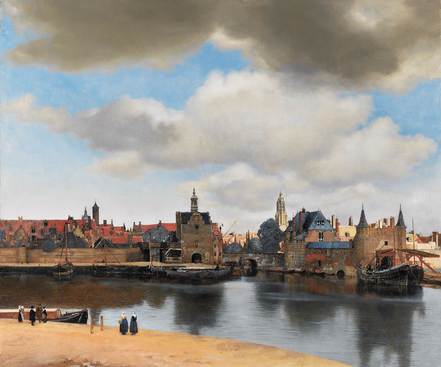
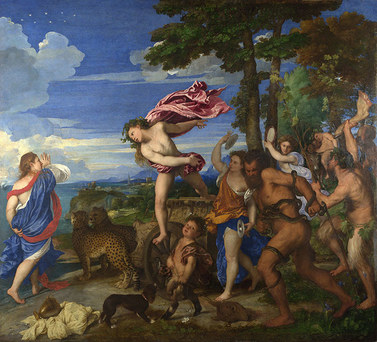
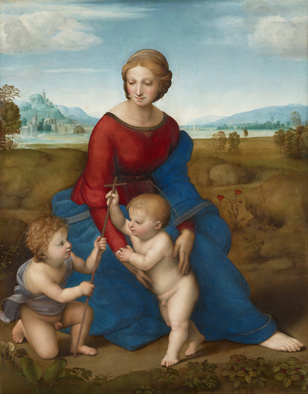
 RSS Feed
RSS Feed